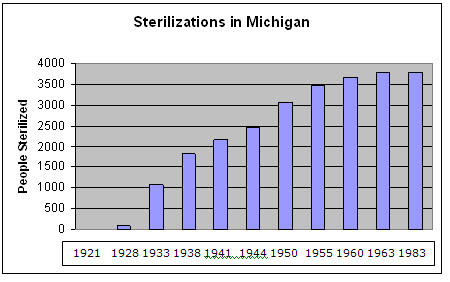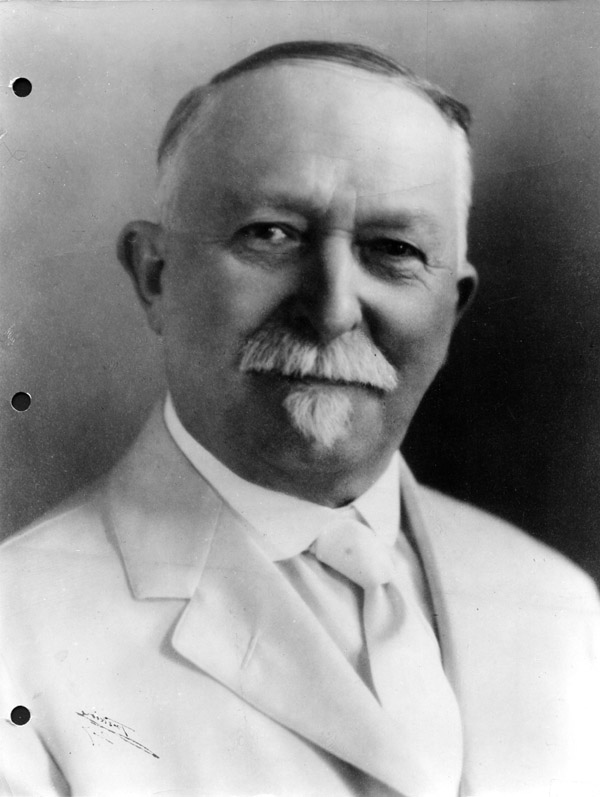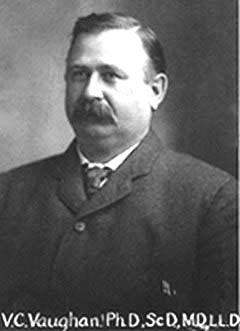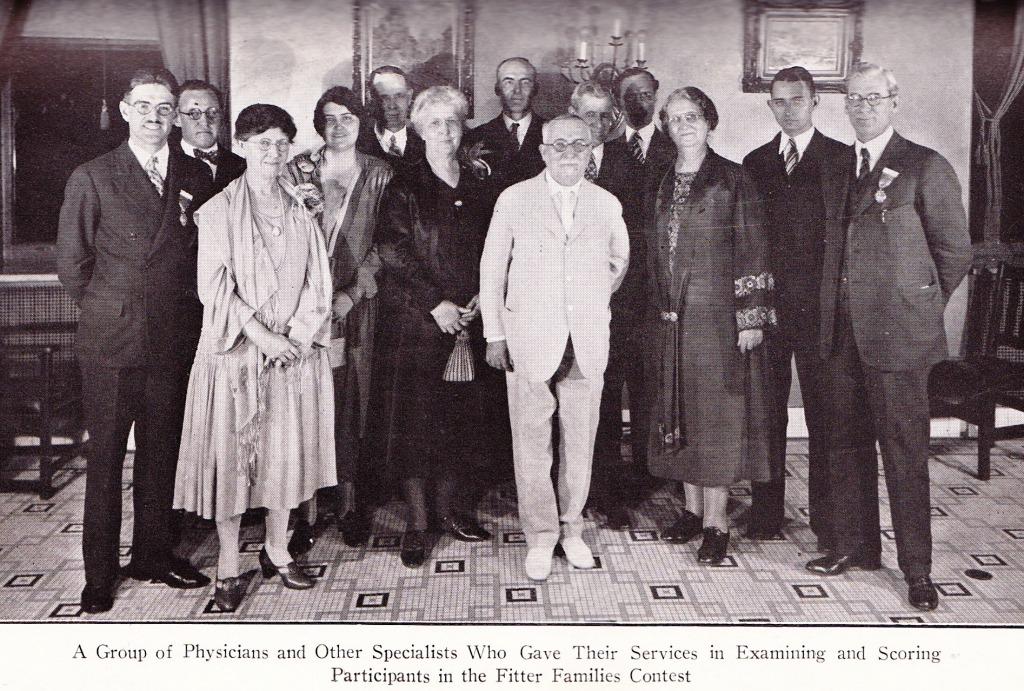Michigan
There were at least
3,786
officially documented cases of sterilizations in
Period When Sterilizations Occurred
Sterilizations in
Temporal Patterns which Sterilizations Occurred

The
initial number of sterilization in
Passage of Laws
In 1897,
In
1913,
A new sterilization
law was
passed in 1923, which amended in 1925 and subsequently upheld in
Another law was passed in 1929, which expanded the groups potentially subject to sterilization. It also included a new reference to a "more humane method of sterilization" (Landman, p. 73), which came to mean castrastration, of which by 1938 twenty had been performed, all on sex offenders (Hodges, "Euthenics, eugenics," pp. 41-2).
Groups
Identified in the Law
The 1923 law was compulsory and voluntary and pertained to "idiots, imbeciles, and feebleminded, but the not the insane" (Paul, p. 372), and it was extramural in that it included not only patients in state institutions but also those at large (Paul, p. 372).
In 1929, the act was expanded to include, in addition to the previously included groups, the "insane and epileptic persons, ..., moral degenerates, and sexual perverts likely to become a menace to society or wards of the state" (see Hodges, "Dealing with Degeneracy," p. 141; Paul, p. 375).
Process of Law
The original
1913 law consisted
of several sections and provided that the
state of
The 1923 law stipulated that the boards of state institutions providing social services (including those for the mentally disabled and ill) and penal, and correctional facilities, family members, and apparently even community members could petition a court for the sterilization of a person, upon which a panel of three physicians would be provide an opinion, which on demand (of the person to be sterilized) would then be considered by a six-person jury impaneled by the court. If a sterilization order came forth, it could be challenged by the person to be sterilized in an appeals process (Landman, p. 73). The amendment in 1925 allowed probate courts to hear sterilization request (Hodges, "Dealing with Degeneracy," p. 150).
The expanded 1929 law provided that superintendents or wardens of state institutions could recommend to the board of such institutions and the state welfare commission the sterilization of a resident. The decision required written consent, but a probate court could dispense with the requirement of such consent (Landman, pp. 72-3).
Precipitating Factors and Processes
In Michigan and elsewhere, the
proponents of eugenics were concerned with the well-being of the
“millions
unborn.” They thought of eugenics as the tool with
which to create a race of strong, healthy individuals by weeding out the "unfit."
Randall continues, commenting on
the success rate of sterilizations, as many opponents believe that it
can “promote [the loss] of moral conduct”(Randall 179). Randall,
however, offers a report from Dr. Wm. J Kay, Superintendant of Michigan
Home and Training School, who said that of the 111 sterilizations, only
27 were returned to the institution based upon unsatisfactory home
conditions or the inability to make a living. Of those individuals
released from the institution, the facility had a full history of 70 of
them. Of those 70, 11 had continuing actions of sexual delinquency, but
the remaining 59 have no history of it (Randall 179).
Judge Clark E.
Higbee, a judge of the Probate Court in Grand Rapids, Michigan, spoke
at the Third Race Betterment Conference in Battle Creek, Michigan,
claiming that “only the feebleminded are sterilized.” He also believed
the sterilization of the insane to be unnecessary, as the insane and
epileptics have the potential to contribute to society. It should be
noted, that Higbee believed that manic depression to a form of
insanity, so the term insane, by his standards, likely included
conditions today considered mild (Higbee 180).
Groups Targeted and Victimized
African
Americans living in
In the records examined by Hodges, he found that "over twenty percent of the sterilization requests include a history of criminal offenses. Nearly half of the offenses listed were of a sexual nature. These sexual offenses ranged from indecent exposure to rape and murder. Homosexuality was also included as a deviant, illegal behavior. Though homosexuality was legally defined as a form of sodomy, cases of bestiality and worse were also extant. The most unusual case was a poor, physically deformed girl of 13, who had been repeatedly raped by uncles and other family member. Reportedly, she preferred intercourse with a 'large hunting do' the family owned. This file reveals the patient not so much as a victim, but as a repository of social evil. Through her weakness, her inability to prevent males from taking physical advantage of her, she supposedly represented a continuing temptation towards societal immorality. Rape, incest, and sodomy constituted evidence of her personal degeneracy, not society's inability to protect her from abuse" ("Euthenics, Eugenics," p. 68).
In a presentation at the Third Race Betterment Conference, Probate Judge Ruth Thompson spoke on the responsibility of parents to raise their children well and their responsibility for truant children. Thompson references the number of delinquent (160) and neglected (97) children out of the 20,350 enrolled in the county’s schools. Thompson states that, in the case of a delinquent child, discovering the mother’s maiden name and ancestry “is the key to the whole situation” (183). Several examples of children are given, most of them considered delinquent for stealing. A girl, Ethel, however, was a “sex offender,” and Thompson called this the fault of her parents (Thompson).
Other
Restrictions on the
Disabled
In
1846 epileptics were barred from marriage in
Jeffrey Hodges has commented on instances of "euthanasia" for infants in Michican: "Euthanasia of deformed and retardet newborns wa not unknown. In the hospital jargon of the times, they were 'set aside.' The were set aside, to live or die, while care was given to the mother....Deformed and retarded children were referred to as FLKs, funny-looking kids; their parents as FLPs" ("Euthenics, Eugenics," p. 36).
Major
Proponents
 (photo origin: Willard Library;
available at http://www.willard.lib.mi.us/historical/bcphotos/individuals/images/h41_3981.jpg)
(photo origin: Willard Library;
available at http://www.willard.lib.mi.us/historical/bcphotos/individuals/images/h41_3981.jpg)
 (Photo origin: The Vaughan Family Archive;
available at www.vaughan.org/bios/vcv/images/vcva2.jpg)
(Photo origin: The Vaughan Family Archive;
available at www.vaughan.org/bios/vcv/images/vcva2.jpg)
Victor
C. Vaughan was another large supporter of eugenics in
Serving with Kellogg on
the state board of
health, Vaughan and Kellogg were able to leverage the state legislators to pass a
compulsory
sterilization law in 1913, Vaughan
later
became president of the American Medical Society at
The Race Betterment Foundation
 (Photo
origin: Proceedings of the Third Race Betterment Conference, January
2-6, 1928, Battle Creek, Michigan. Available through Vassar University)
(Photo
origin: Proceedings of the Third Race Betterment Conference, January
2-6, 1928, Battle Creek, Michigan. Available through Vassar University)
The purpose of the Race Betterment Foundation, founded by Dr. John Harvey Kellogg, who also ran the Battle Creek Sanitaium, as stated in the Proceedings of the Third Race Betterment Conference, are as follows: “To bring together a group of leading scientists, educators and others for the purpose of discussing ways and means of applying science to human living in the same thoroughgoing way in which it is applied to industry—in the promotion of longer life, greater efficacy and well-being and of race improvement” (Kellogg, p. ii). The President of this particular conference was C.C. Little, D.Sc., the President of the University of Michigan in Ann Arbor. In a speech given at this conference, Dr. John Harvey Kellogg praised the advantages of “being a member of a good family” (Kellogg, p. 118). Kellogg says to maintain that “prize-winner” status, individuals should be examined by a family physician every 6 months, and should stay away from tobacco, alcohol, coffee and tea (Kellogg, p. 119).
“Feeder
Institutions” and
Institutions where Sterilizations were Performed
 (Photo
origin: http://www.facebook.com/group.php?gid=147638288602234)
(Photo
origin: http://www.facebook.com/group.php?gid=147638288602234)
In
1893 the Michigan Home for the Feebleminded and Epileptic was
established, later known as the Michigan Home and Training School,
Lapeer State Home and Training School, and the Oakdale Center for
Developmental Disabilities. It was the place where the majority of
sterilizations appear to have occurred, at least until 1937, and the
majority of them on women (Hodges, "Euthenics, eugenics," p. 31)
Hodges ("Euthenics, eugenics," p. 31) mentions the Michigan Farm Colony for Epileptics, in Wahjamega/Caro, as the location of a small number of sterilizations. It was also called the Caro State Home for Epileptics, Caro State Hospital, Caro Regional Mental Health Center, and a few buildings still appear to be used today (Rootsweb.org).
 (Photo origin: http://www.rootsweb.ancestry.com/~asylums/ionia_mi/index.html)
(Photo origin: http://www.rootsweb.ancestry.com/~asylums/ionia_mi/index.html) Another
sterilization institution included the
 (Picture origin: Jackson District Library, available
at < http://jackson.lib.mi.us/gallery/v/buildings/PA_FULL_24.jpg.html>)
(Picture origin: Jackson District Library, available
at < http://jackson.lib.mi.us/gallery/v/buildings/PA_FULL_24.jpg.html>)
Another is the Michigan
State Prison at
The
None of the
institutions make reference to their role at sterilization institutions
on
their websites.
Opponents
Eugenics
theories had much
opposition in the early 1900's in
Bibliography
Berman, Thomas. 2000. “Breeding Better Citizens.” ABC 20/20 special. Aired 3/22/2000.
Edwards, Jen. 2010. "Lapeer State Home (Oakdale)." Available at http://www.facebook.com/group.php?gid=147638288602234
Higbee, Clark E. 1928. “Sterilization Approved by Intelligent People of Every State.” Proceedings of the Third Race Betterment Conference, January 2-6, 1928, Battle Creek, Michigan.
Hodges, Jeffrey Alann. 2001. "Dealing with Degeneracy: Michigan Eugenics in Context." Ph.D. dissertation in history, Michigan State University.
Hodges, Jeffrey Alan. 1995. "Euthenics, Eugenics and Compulsory Sterilization in Michigan, 1897-1960." Master's thesis, Dept. of History, Michigan State University.
Ionia County MIGenWeb. “
Kellogg, John Harvey. 1928. “Purpose.” Proceedings of the Third Race Betterment Conference, January 2-6, 1928, Battle Creek, Michigan.
Landman, J. H. 1932. Human Sterilization: The History of the Sexual Sterilization Movement. New York: MacMillan.
Laughlin, Harry H. 1922. Eugenical Sterilization in the United States. Chicago: Municipal Court of Chicago.
Michigan Department of Corrections. “Southern Michigan Correctional Facility (JMF) Closed November 17, 2007.”
Michigan Department of Environmental Quality. "Lapeer County." Available at <http://www.michigan.gov/deq/0,1607,7-135-3304-98476--,00.html>.
Millikan,
Arikia. 2008. “A Dark Medical History.” The
Paul,
Julius. 1965. “‘Three Generations of Imbeciles Are Enough’: State Eugenic
Sterilization Laws in American Thought and Practice.” Unpublished manuscript.
Rootsweb.org. "Caro Center." Available at <http://freepages.history.rootsweb.ancestry.com/~byram/asylums/caro_mi/>.
Sturm, Daniel. 2004. “Living with the Legacy of 'Racial Hygiene' in
Thompson, Ruth. 1928. “The Delinquency of Parents.” Proceedings of the Third Race Betterment Conference, January 2-6, 1928, Battle Creek, Michigan.